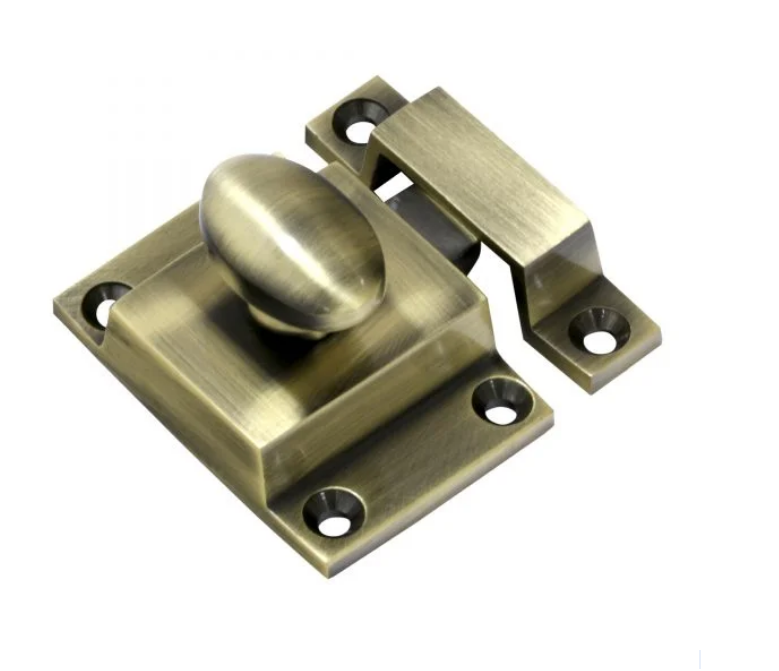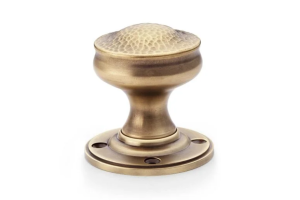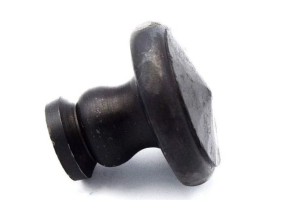
Antique ironmongery is more than just functional hardware—it's a piece of history that carries the craftsmanship, materials, and aesthetic sensibilities of a bygone era. Whether it’s a wrought iron latch on a centuries-old door, original window fasteners, or hand-forged hinges, maintaining antique ironmongery is essential not just for preserving its beauty, but also for protecting the architectural integrity of your home.
Well-cared-for ironmongery can last for generations, adding timeless charm and authenticity to period properties. Here are some practical tips to help you care for and preserve your antique fittings.
1. Gentle Cleaning Goes a Long Way
Over time, antique ironmongery can accumulate layers of grime, paint, or rust. When cleaning, less is more. Avoid harsh chemicals or abrasive scrubbing tools, which can damage delicate finishes or patinas.
-
Use a soft cloth or brush to remove surface dust and dirt.
-
For tougher buildup, a mild soap and warm water solution works well.
-
Dry thoroughly after cleaning to prevent moisture from sitting on the metal and causing corrosion.
2. Remove Rust with Care
Rust is a common issue with older iron fittings, especially in damp environments. If left untreated, it can cause lasting damage.
-
Light rust can often be removed using fine-grade wire wool or a brass-bristled brush.
-
For heavier corrosion, consider using a rust converter or gentle chemical rust remover, but always test on a small area first.
-
After removing rust, apply a protective finish such as beeswax or oil to seal the surface.
3. Preserve Original Finishes
Antique ironmongery often features finishes like blackened iron, beeswax, or even paint. Whenever possible, preserve the original surface, as it adds to the piece’s historical value.
-
If repainting or refinishing is necessary, try to match the original look and materials.
-
Avoid modern, glossy paints unless they replicate the original style.
4. Regular Lubrication
Antique hinges, locks, and latches may become stiff or squeaky over time. To keep them functioning smoothly:
-
Use a light machine oil or graphite powder for locks.
-
Apply beeswax or a furniture wax to hinges and moving parts.
-
Avoid using thick greases, as they can attract dirt and become sticky over time.
5. Watch for Moisture and Corrosion
Iron is particularly vulnerable to moisture, which can lead to rust and deterioration.
-
Check that your antique ironmongery isn’t exposed to prolonged damp conditions.
-
Ensure windows and doors are well-sealed, and consider installing weatherstripping if necessary.
-
For external pieces, consider a protective wax or oil-based coating to shield against rain and humidity.
6. Consult a Specialist When Needed
Some pieces, especially those with historical or architectural significance, may require professional restoration. If you're unsure about how to clean or repair a particular item, consulting a heritage conservation expert can ensure the piece is preserved correctly.
Final Thoughts
Antique ironmongery adds soul and authenticity to a home—but like any historic element, it requires thoughtful care. With gentle maintenance and a little attention, your iron fittings can continue to serve beautifully for decades to come. By preserving these details, you're not just maintaining hardware—you're honoring craftsmanship, history, and the timeless beauty of traditional design.





